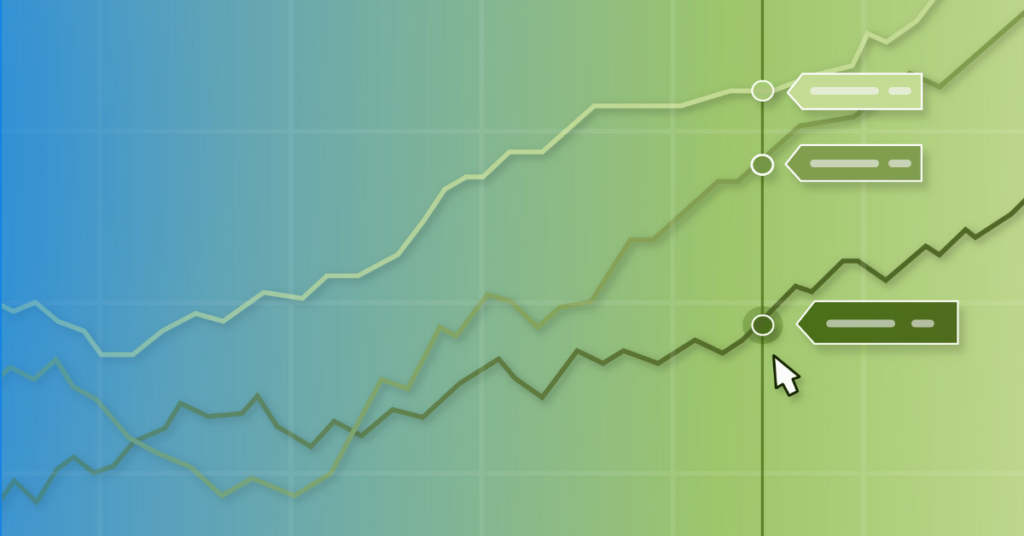
Sector Rotation: The Shift from Tech to Consumer Staples in July 2025
In July 2025, a dramatic shift is unfolding in the U.S. stock market as investors pivot from the high-flying technology sector to the more stable terrain of consumer staples. This transition, driven by mounting inflation concerns currently hovering around 4.5%, has led to a reevaluation of risk exposure within investment portfolios. As market dynamics shift, understanding the implications of this sector rotation becomes critical for investors aiming to optimize their strategies in a fluctuating economic landscape.

Current Market Context
The S&P 500 and the Nasdaq have reached record highs, with figures at 4,675 and 15,000 points, respectively. However, with inflation rising, many investors are reassessing their positions in high-growth sectors. The current economic climate, characterized by uncertainty and the potential for decreasing consumer spending, has prompted a shift towards consumer staples—traditionally viewed as defensive stocks. Companies such as Procter & Gamble (NYSE: PG) and Coca-Cola (NYSE: KO) are witnessing a surge in interest as investors prioritize stability over growth.
According to a recent report from MarketWatch, the rotation towards consumer staples indicates a growing caution among investors, as they seek refuge in sectors that typically offer consistent earnings and dividends during economic downturns.
Analysis of Sector Performance
Technology Sector
The technology sector has long been a stalwart of market performance, contributing significantly to the gains seen over the past few years. However, it now faces notable headwinds. Major players like Apple (NASDAQ: AAPL) and Microsoft (NASDAQ: MSFT) are experiencing increased volatility as concerns mount regarding a potential slowdown in consumer spending. Recent earnings reports suggest that while these companies continue to innovate, their lofty growth expectations may be at risk if inflation persists and consumer confidence wanes.
Analysts at Goldman Sachs suggest that tech stocks could be significantly impacted if inflation leads to a tightening of monetary policy by the Federal Reserve. In a note to investors, they state, “The potential for reduced consumer spending combined with rising costs could compress margins for tech companies that depend heavily on discretionary spending.”
Consumer Staples
Conversely, the consumer staples sector is reaping the rewards of this sector rotation. Companies within this category are generally known for their resilience during economic crises, as they provide essential goods that consumers continue to purchase regardless of their financial situation.
Walmart (NYSE: WMT), for instance, has reported impressive sales growth, attributed to a strong demand for essential products. In its latest earnings announcement, Walmart outlined a 9% increase in year-over-year sales, driven by a surge in grocery sales as consumers prioritize essentials amid rising costs.
This trend is further supported by an analysis from Yahoo Finance, which points to consumer staples as a solid hedge against inflation due to their ability to pass on price increases to consumers without significantly affecting demand.

Investment Implications
For investors, the current market dynamics suggest that adjusting portfolio allocations in response to this sector rotation could be advantageous. Allocating a greater percentage of investments to consumer staples can provide a buffer against market volatility, especially when inflationary pressures are high.
However, maintaining a degree of exposure to technology stocks remains important for long-term growth potential. According to investment strategist James O’Shaughnessy, “Investors should not abandon tech entirely but rather seek a balanced approach that allows for both stability and growth.”
Investors may consider strategies such as:
- Diversification: Including a mix of consumer staples and technology stocks to mitigate risks while capitalizing on potential growth.
- Dividend Focus: Emphasizing investments in consumer staples that offer strong dividends can provide steady income streams during uncertain times.
- Monitoring Economic Indicators: Keeping a close eye on inflation metrics and consumer spending patterns will aid in timely investment decisions.
Conclusion
The current environment underscores the importance of adaptability in investment strategies. As inflation continues to shape consumer behavior and corporate earnings, investors are advised to monitor sector performance closely and adjust their portfolios accordingly. By shifting focus to consumer staples while maintaining some presence in technology, investors can navigate the complexities of the market and position themselves for future growth.
In conclusion, as we advance further into 2025, the interplay between rising inflation and shifting consumer behaviors will undoubtedly continue to influence market dynamics. Staying informed through resources such as CNBC and MarketWatch will be crucial in making informed investment decisions.
Keywords: Sector Rotation, Consumer Staples, Technology Stocks, Inflation, Investment Strategy